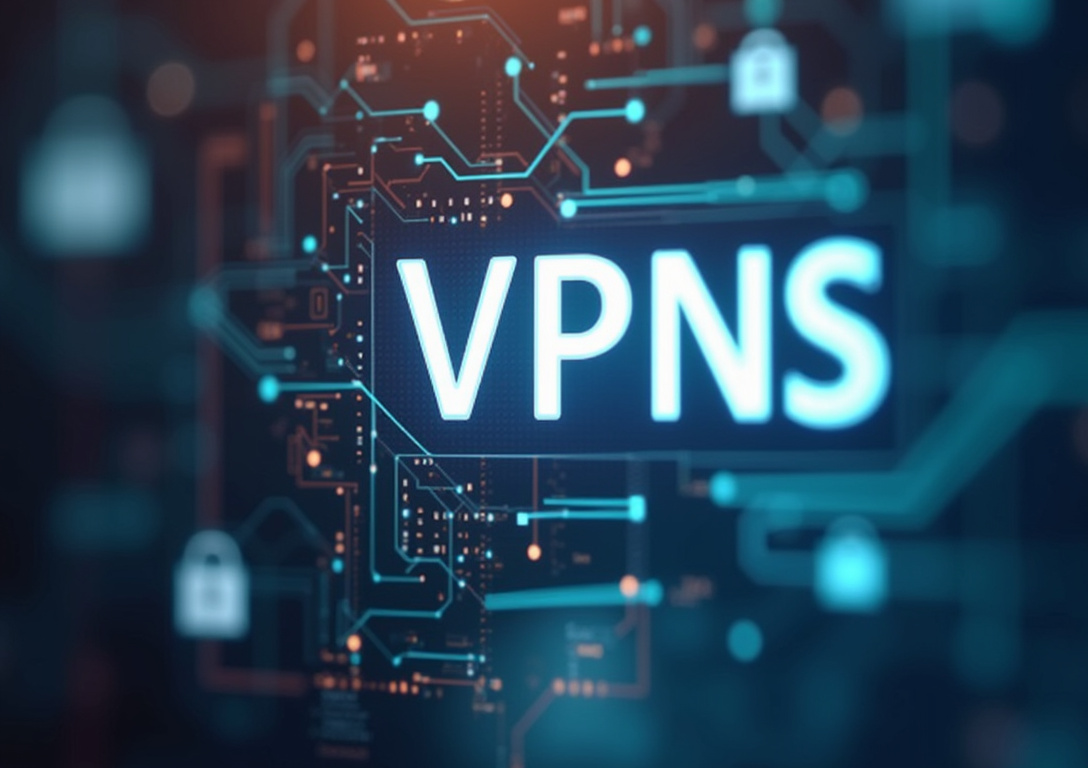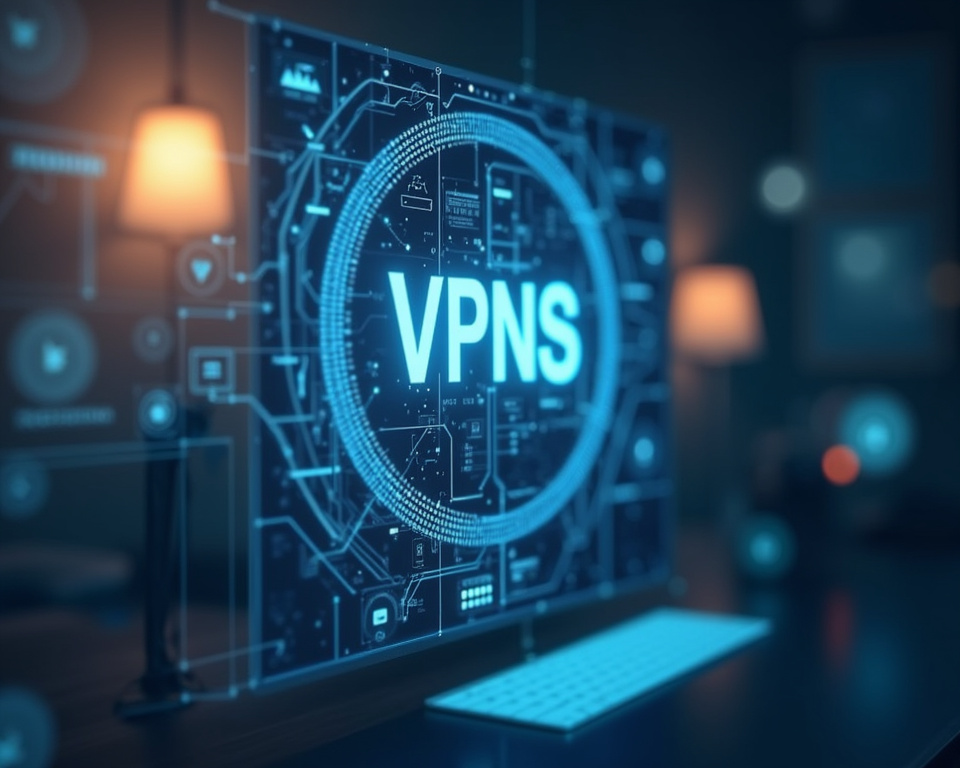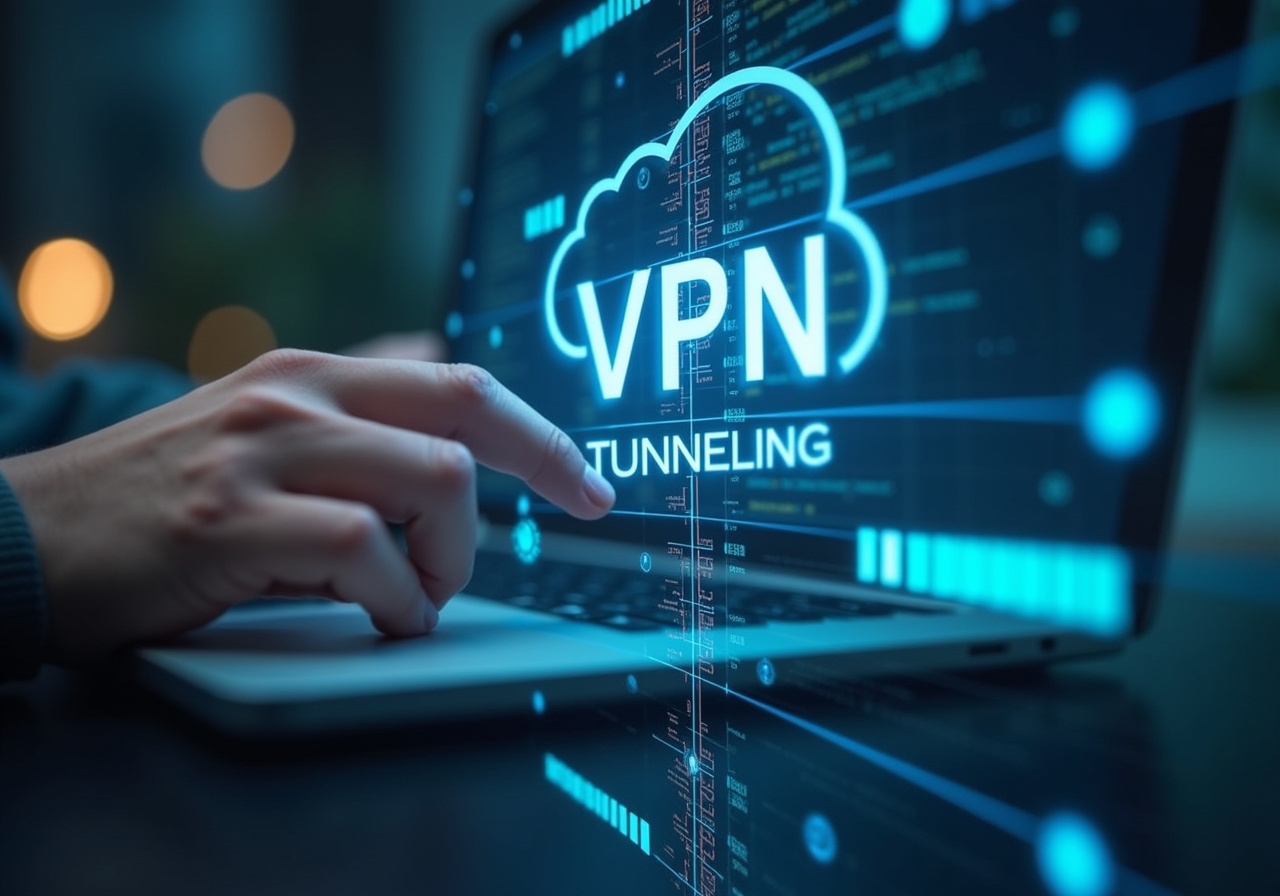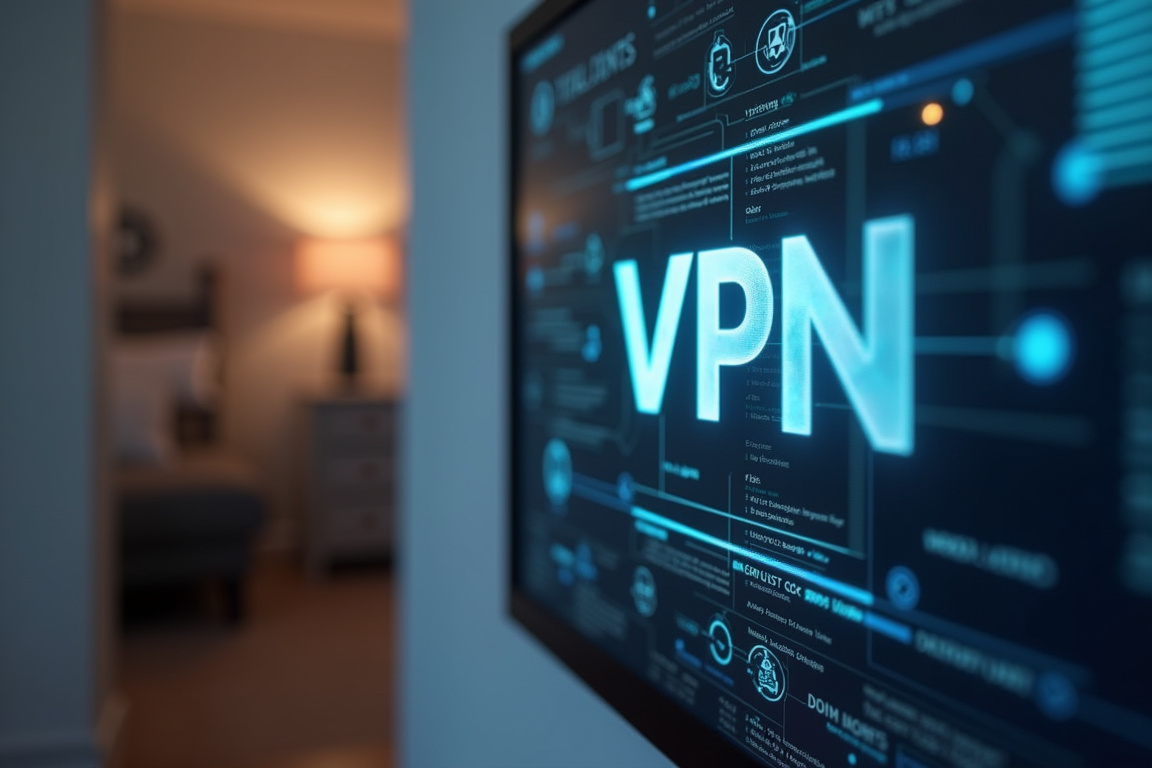Setting Up a Home VPN: Ultimate DIY Guide
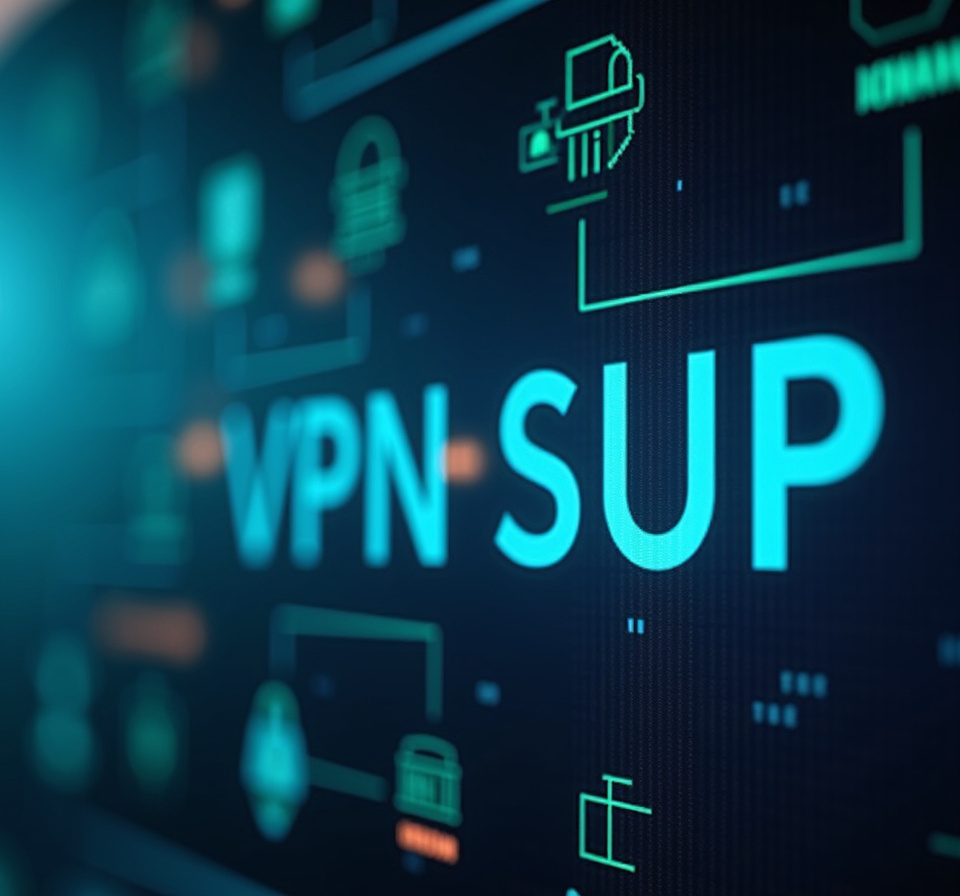
Table of Contents
Setting Up a Home VPN: Ultimate DIY Guide to Network Security
In today's increasingly interconnected world, safeguarding your digital footprint is paramount. A Virtual Private Network (VPN) is a powerful tool that can significantly enhance your online privacy and security. While often associated with businesses, setting up a home VPN is a straightforward process that empowers you to take control of your network security.
This ultimate DIY guide provides VPN for beginners with a comprehensive walkthrough of the entire VPN installation process, demystifying the technology and equipping you with the knowledge to create a secure home network. Embarking on a home VPN setup might initially appear daunting, but with a clear understanding of the underlying principles and a step-by-step DIY guide, you can establish a robust security layer for your home network. A VPN essentially creates a secure, encrypted tunnel between your devices and a remote server, masking your IP address and encrypting your internet traffic.
This ensures that your online activities remain private and protected from prying eyes, including your internet service provider (ISP), government surveillance, and malicious actors seeking to intercept your data. Before diving into the technical aspects of VPN installation, it's crucial to grasp the fundamental benefits a VPN offers for home users. Beyond enhanced privacy, a VPN can circumvent geographical restrictions, allowing you to access content that might be blocked in your region.
This is particularly useful for streaming services, news outlets, and other online resources. Furthermore, a VPN can protect you from bandwidth throttling by your ISP, ensuring consistent internet speeds, especially during peak hours. For avid gamers, a VPN can reduce latency and improve ping times by optimizing your connection route.
When choosing a VPN solution for your home, numerous options are available, each with its own set of features, pricing, and technical requirements. Some VPNs offer user-friendly interfaces and simplified setup processes, while others provide more advanced customization options for experienced users. Regardless of your technical expertise, this DIY guide is designed to walk you through the essential steps of setting up a home VPN, ensuring a secure and private internet experience.
One of the initial decisions you'll face is whether to use a VPN client on each device or to configure a VPN server on your home router. The former involves installing VPN software on your computers, smartphones, and tablets, while the latter creates a network-wide VPN connection, protecting all devices connected to your router. Each approach has its own advantages and disadvantages, which we'll explore in detail to help you make the best choice for your needs.
A crucial element of VPN security is the encryption protocol used. Common protocols include OpenVPN, IKEv2, and WireGuard, each offering varying levels of security and performance. OpenVPN is widely regarded as the most secure and versatile protocol, while IKEv2 is known for its speed and stability on mobile devices.
WireGuard is a relatively new protocol that promises exceptional performance and strong security. Understanding the strengths and weaknesses of these protocols is essential for selecting the right VPN setup for your specific requirements. By following this comprehensive DIY guide, you'll acquire the knowledge and skills to establish a secure home VPN, safeguarding your online privacy and enjoying unrestricted access to the internet.
Remember to prioritize strong passwords, keep your VPN software up to date, and stay informed about the latest security threats to maintain a robust and effective network security posture.
Section 2 subtitle
The first step in your home VPN setup journey is to carefully assess your needs and select the appropriate VPN solution. Consider the number of devices you want to protect, the level of security you require, and your budget. As mentioned earlier, you can choose between installing VPN clients on individual devices or configuring a VPN server on your home router.
If you have a small number of devices and prefer a simpler setup, using VPN clients might be the best option. This involves downloading and installing the VPN software on each device you want to protect, configuring the settings, and connecting to a VPN server. Most VPN providers offer user-friendly apps for various operating systems, including Windows, macOS, Android, and iOS, making the VPN installation process relatively straightforward.
However, if you have numerous devices or want to protect devices that don't support VPN software, such as smart TVs or gaming consoles, configuring a VPN server on your home router is a more practical approach. This creates a network-wide VPN connection, protecting all devices connected to your router without requiring individual VPN installations. Configuring a VPN server on your router is a more technical process, but it offers significant advantages in terms of convenience and coverage.
Before proceeding with the VPN installation, it's essential to ensure that your router supports VPN functionality. Many modern routers come with built-in VPN server capabilities, while others require you to flash custom firmware, such as DD-WRT or OpenWRT, to enable VPN support. Flashing custom firmware can be risky and may void your router's warranty, so it's crucial to research and understand the process before proceeding.
Once you've verified that your router supports VPN functionality, you can access its configuration interface and enable the VPN server. The specific steps involved will vary depending on your router's model and firmware, but generally, you'll need to specify the VPN protocol, encryption settings, and user credentials. After enabling the VPN server, you'll need to configure your devices to connect to it.
This involves creating a VPN connection on each device and entering the necessary network settings, such as the VPN server address, username, and password. The exact steps for configuring a VPN connection will vary depending on your device's operating system, but most platforms offer built-in VPN client functionality. As part of your network security strategy, it's crucial to choose a strong encryption protocol for your VPN connection.
OpenVPN is widely regarded as the most secure and versatile protocol, but it can be more complex to configure than other options. IKEv2 is a faster and more stable protocol, making it a good choice for mobile devices. WireGuard is a relatively new protocol that promises exceptional performance and strong security, but it's not yet supported by all VPN providers and routers.
When configuring your VPN server, it's also important to choose a strong encryption algorithm. AES-256 is the industry standard for encryption, offering robust protection against unauthorized access. SHA-256 is a secure hashing algorithm that can be used to verify the integrity of your data.
By carefully selecting these settings, you can ensure that your home VPN connection is as secure as possible. Remember to regularly update your router's firmware and VPN software to patch any security vulnerabilities and maintain optimal performance. A well-configured home VPN can provide a significant boost to your network security, protecting your privacy and safeguarding your sensitive data from online threats.
With patience and attention to detail, even VPN for beginners can successfully set up a secure home VPN and enjoy the benefits of a private and unrestricted internet experience. Furthermore, exploring the use of a kill switch feature within your VPN setup can be essential. The kill switch is a safety measure that automatically disconnects your device from the internet if the VPN connection drops, preventing your data from being exposed.
Integrating this feature into your home VPN build will fortify your network security.
Section 3 subtitle
Now, let's delve deeper into the specific steps involved in setting up a VPN server on your home router. As mentioned previously, the process will vary depending on your router's model and firmware. However, the general principles remain the same.
First, access your router's configuration interface by typing its IP address into your web browser. The default IP address is often 192.168.1.1 or 192.168.0.1, but you can find the correct address in your router's manual or by checking your network settings on your computer. Once you've accessed the configuration interface, you'll need to log in using your router's username and password.
If you haven't changed the default credentials, they are usually printed on a sticker on the router itself. After logging in, navigate to the VPN server settings. This section may be labeled differently depending on your router's firmware, but it's typically found under the "Advanced" or "Security" settings.
In the VPN server settings, you'll need to enable the VPN server and configure the following parameters: VPN protocol, Server address, Client address range , Encryption settings, Authentication method , User credentials. Choose OpenVPN as your VPN protocol for maximum security and versatility. The server address is the public IP address of your router.
You can find this address by visiting a website like "whatismyip.com" from a device connected to your home network. The client address range is the range of IP addresses that will be assigned to devices connecting to your VPN server. Choose a range that doesn't conflict with your existing local network.
Select AES-256 as your encryption algorithm for strong protection. Set up a username and password for your VPN server. These credentials will be used by devices to connect to the VPN.
Once you've configured these settings, save the changes and restart your router. After the router restarts, the VPN server should be active. Now, you need to configure your devices to connect to the VPN server.
On each device, create a new VPN connection and enter the following information: Connection type (OpenVPN), Server address (Your router's public IP address), Username and Password (The credentials you set up for the VPN server). You may also need to install an OpenVPN client on your device. OpenVPN clients are available for most operating systems, including Windows, macOS, Android, and iOS.
After entering the necessary information, save the VPN connection and connect to it. If everything is configured correctly, your device should now be connected to your home VPN server, and your internet traffic should be encrypted. To verify that your VPN connection is working properly, visit a website like "whatismyip.com" from your device.
The website should now show your router's public IP address instead of your device's actual IP address. This confirms that your internet traffic is being routed through the VPN server. Don't forget to regularly check the VPN connection and restart the router as needed.
VPNs for Services: Enhancing Subscription Security
Beyond the basic VPN installation, several advanced configurations can further enhance your network security and optimize your VPN experience. One such configuration is setting up port forwarding. Port forwarding allows you to access specific services on your home network from outside, even when you're connected to the VPN.
For example, if you have a home media server or a security camera, you can use port forwarding to access these services remotely. To set up port forwarding, you'll need to access your router's configuration interface and navigate to the port forwarding settings. The specific steps will vary depending on your router's model and firmware, but generally, you'll need to specify the following information: Service name, Internal IP address Internal port, External port, Protocol The service name is a descriptive name for the service you're forwarding.
The internal IP address is the IP address of the device on your home network that's running the service. The internal port is the port number that the service is using. The external port is the port number that you'll use to access the service from outside your network.
The protocol is either TCP or UDP, depending on the service. Once you've configured these settings, save the changes and restart your router. After the router restarts, the port forwarding rules should be active.
To access the service from outside your network, you'll need to use your router's public IP address and the external port number. For example, if your router's public IP address is 1.2.3.4 and the external port number is 8080, you would access the service by typing "http://1.2.3.4:8080" into your web browser. Another advanced VPN configuration is setting up a static IP address for your VPN server.
By default, your router's public IP address may change periodically. This can make it difficult to connect to your VPN server from outside your network. To solve this problem, you can set up a static IP address for your VPN server.
There are several ways to set up a static IP address. One way is to contact your ISP and request a static IP address. However, ISPs often charge extra for static IP addresses.
Another way is to use a dynamic DNS service. A dynamic DNS service assigns a fixed hostname to your router's public IP address, even if the IP address changes. Many dynamic DNS services are available, both free and paid.
To set up a dynamic DNS service, you'll need to create an account with a provider and configure your router to update the hostname whenever the IP address changes. The specific steps will vary depending on your router's model and firmware, but many routers have built-in support for dynamic DNS services. By setting up a static IP address or using a dynamic DNS service, you can ensure that you can always connect to your home VPN server from outside your network, regardless of whether your router's public IP address changes.
In addition to port forwarding and static IP addresses, you can also configure your VPN server to use a custom DNS server. A DNS server translates domain names (like "google.com") into IP addresses (like "172.217.160.142"). By default, your router uses your ISP's DNS server.
However, you can improve your privacy and security by using a custom DNS server, such as Cloudflare DNS (1.1.1.1 and 1.0.0.1) or Google Public DNS (8.8.8.8 and 8.8.4.4). To configure your VPN server to use a custom DNS server, you'll need to access your router's configuration interface and navigate to the DNS settings. Enter the IP addresses of the custom DNS servers and save the changes.
After the router restarts, your VPN server will use the custom DNS servers.
Maintaining a secure and efficient home VPN setup involves ongoing monitoring, testing, and updates. Regularly auditing your VPN connection is crucial to identify potential vulnerabilities and ensure optimal performance. Here are some best practices for effective configuration and maintenance of your home VPN: Firstly, consistently monitor your router's logs for any suspicious activity.
Router logs provide a detailed record of network traffic, including connection attempts, unauthorized access attempts, and other security-related events. By reviewing these logs regularly, you can detect and respond to potential threats before they cause significant damage. Look for unusual patterns, such as frequent failed login attempts or connections from unknown IP addresses.
Secondly, periodically test your VPN connection to ensure that it's working correctly. Verify that your IP address is being masked and that your internet traffic is being encrypted. You can use online tools like "whatismyip.com" to check your IP address and confirm that it matches your VPN server's IP address.
You can also use online speed test tools to measure your internet speed with and without the VPN enabled. This will help you identify any performance issues caused by the VPN connection. Thirdly, keep your router's firmware and VPN software up to date.
Router manufacturers and VPN providers regularly release updates to patch security vulnerabilities and improve performance. Installing these updates promptly is essential for maintaining a secure and efficient VPN setup. Enable automatic updates on your router and VPN software to ensure that you're always running the latest versions.
Fourthly, use strong passwords for your router and VPN server. Weak passwords are easy to crack and can allow unauthorized users to access your network. Choose strong passwords that are at least 12 characters long and include a mix of uppercase and lowercase letters, numbers, and symbols.
Avoid using easily guessable words or phrases. Fifthly, enable two-factor authentication (2FA) for your router and VPN server. 2FA adds an extra layer of security by requiring you to enter a code from your smartphone or email account in addition to your password.
This makes it much more difficult for unauthorized users to access your network, even if they have your password. Sixthly, consider using a firewall in conjunction with your VPN. A firewall is a software or hardware device that blocks unauthorized access to your network.
A well-configured firewall can provide an additional layer of security, protecting your network from malware and other online threats. Seventhly, regularly review your VPN configuration to ensure that it's still meeting your needs. As your network and online activities evolve, you may need to adjust your VPN settings to maintain optimal security and performance.
For example, you may need to change your VPN protocol, update your encryption settings, or add new port forwarding rules. By following these best practices, you can ensure that your home VPN setup remains secure and efficient over time. Setting up a home VPN is a proactive step towards enhancing your network security and protecting your online privacy.
This DIY guide provides VPN for beginners with the knowledge and tools to configure, maintain, and optimize their VPN connections, ultimately empowering them to navigate the digital world with greater confidence and security. As final practical thought consider using the split tunneling feature, it allows you to route only specific traffic through secure tunnel enhancing your network security without impacting network's speed.
Stay Updated
Get the latest VPN news, tips, and exclusive deals to your inbox.

